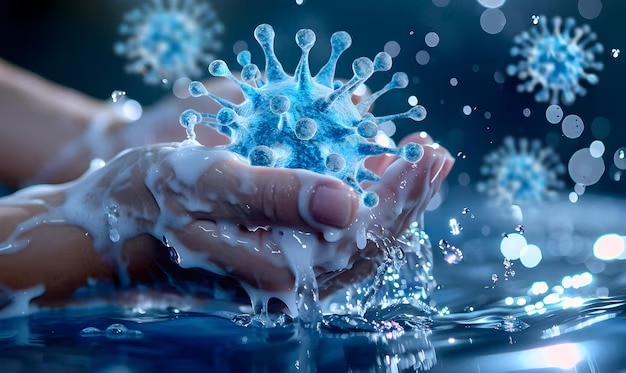Waterborne infections are diseases caused by microorganisms that are transmitted through contaminated water. Here are some steps you can take to protect yourself from these infections during monsoon.
Waterborne infections can significantly affect our health and often lead to a range of diseases that can vary in severity. The health effects of waterborne infections can be acute or chronic; however, this infection tends to affect children more, as their immunity is still developing, making them more susceptible to disease. Our immunity and physical fitness can be compromised in a variety of ways, and waterborne infections are among the many serious diseases. Beyond individual health, waterborne infections can overwhelm public health systems, reduce productivity, and harm economic development, especially in areas with inadequate access to clean water and sanitation.
What are waterborne infections?
According to Dr Sandeep v Kumbar, MBBS, MD (Medicine), DNB (Gastroenterology), HCG Suchirayu Hospital, Hubli, “Waterborne infections are diseases caused by microorganisms that are transmitted through contaminated water. These microorganisms may include bacteria, viruses, parasites, and other pathogens. Some common symptoms of this infection are diarrhea, fever, nausea and vomiting, body aches, headaches, and skin rashes.”
Types of waterborne infections
- Diarrheal infection: Caused by pathogens such as E. coli, Shigella and Salmonella, it can cause severe dehydration and is often contracted through contaminated water.
- Giardiasis: This infection is caused by the parasite Giardia lamblia and causes diarrhea, abdominal pain, and nausea.
- Hepatitis A: It is a viral infection that affects the liver and is frequently transmitted through contaminated water or food.
- Typhoid fever: Caused by the bacteria Salmonella typhi, this infection can cause high fever, weakness, and abdominal pain.
- Cholera: A bacterial infection caused by Vibrio cholerae, which causes severe diarrhea and dehydration and can be life-threatening if not treated quickly.
- Dysentery: Both bacterial (caused by Shigella) and amoebic dysentery cause severe diarrhea, often bloody, and can lead to significant dehydration and complications.
Safety Tips
- Protect your water source: The water you consume should be clean. Reliable water purification methods should be used, such as boiling, filtering, or using water purifiers.
- Avoid contaminated water: Avoid drinking water directly from rivers, ponds or other natural sources.
- Handwashing: This is the cornerstone of prevention. It is necessary to wash your hands thoroughly with soap and water before eating, after going to the bathroom and after playing outdoors.
- Food hygiene: Make sure all food is thoroughly cooked and stored safely. Wash fruits and vegetables before eating.
- Personal hygiene: Encourage regular bathing and changing of clothing, especially after outdoor activities.
- Avoid polluted bodies of water: We must keep our children away from stagnant bodies of water such as ponds and swamps.
- Proper Disposal: Teach your children to dispose of waste properly to avoid contaminating water sources.
- Pool Safety: Closely supervise your child while swimming and make sure he or she does not swallow pool water.
- Vaccines: Make sure you and your children receive all recommended vaccinations, including those that protect against waterborne infections such as typhoid fever and hepatitis A.
Early detection and treatment
Waterborne infections pose a major threat to our health, particularly in areas with limited access to clean water. These infections can lead to serious health complications, such as dehydration, malnutrition and even death, so it is necessary to address this public health problem. Preventive measures, such as improving water quality, promoting good hygiene practices and ensuring timely medical intervention, are essential to protect us from these infections.
